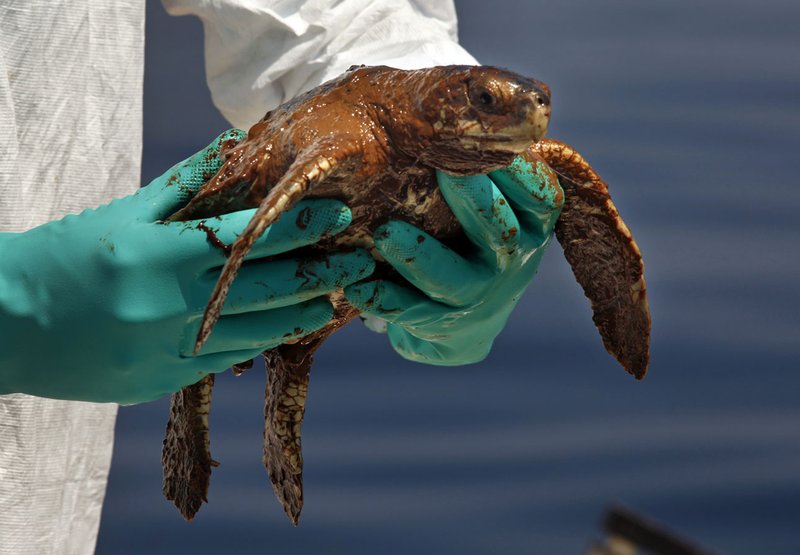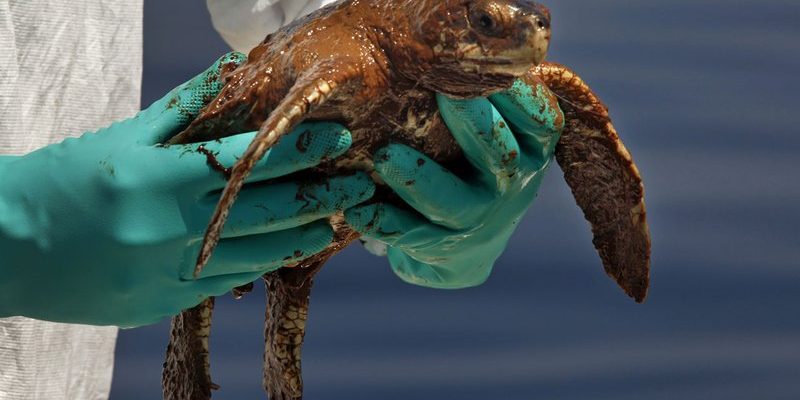
Understanding these dangers helps not just the turtles but also us as we think about our impact on nature. For anyone who cares about the environment, knowing how to help protect these magnificent creatures is invaluable. So, grab your favorite beverage, and let’s explore the various threats to the green sea turtle.
Habitat Loss
One of the biggest threats facing green sea turtles is habitat loss. Coastal development, for example, can severely impact their nesting sites. When humans construct homes, hotels, or roads near beaches, they often disrupt the areas where turtles lay their eggs. This loss is like turning a beloved park into a parking lot—it not only takes away their breeding grounds but can also make the environment less suitable for their survival.
Wetlands and mangroves, which serve as crucial foraging habitats, are also being destroyed. These ecosystems provide food and shelter for turtles and their prey. When these areas are damaged or replaced with concrete and asphalt, it’s akin to taking away a buffet from a diner. Less food equals less chance of survival.
Another aspect of habitat loss is climate change. Rising sea levels and increasing temperatures can erode nesting beaches, making them uninhabitable. Plus, warmer sands can skew the sex ratio of turtle hatchlings, leading to fewer males being born. Honestly, imagine if every time you tried to start a family, the environment changed so drastically that your chances of success dwindled—it’s a tough spot for turtles to be in.
Pollution
Pollution is a silent killer for green sea turtles, and it comes in various forms. Ocean plastic is one of the most significant offenders. Turtles often mistake plastic bags for jellyfish, a primary food source. When they ingest this plastic, it can lead to blockages, malnutrition, or even death. You might liken it to a human eating something poisonous without realizing it—tragically, it’s all too common.
Chemical pollution also plays a massive role in threatening these turtles. Runoff from agriculture often contains pesticides and fertilizers that can contaminate the ocean. This pollution can disrupt the turtles’ reproductive systems and lead to long-term health issues, similar to how humans might suffer from the effects of toxins in our water supply.
Oil spills are another devastating form of pollution. They can coat turtles and their habitats, leading to severe health impacts and drastically altering their environment. When oil slicks cover a beach, it’s not just an ugly sight; it can suffocate the delicate ecosystems that turtles rely on to thrive.
Climate Change
Now, let’s talk more about climate change. It’s not just a buzzword—it’s a reality that affects green sea turtles directly. As the planet warms, oceans warm too. This change can alter the availability of food sources and affect the growth rates of seagrass, which is vital for turtle diets. If they can’t find enough food, it’s like trying to survive on an empty stomach—all the energy they need for migration and reproduction becomes harder to come by.
In addition, climate change leads to more severe weather events like hurricanes, which can destroy nesting beaches and displace turtles from their habitats. Imagine living in a storm-prone area; the constant threat of your home being swept away can be frightening—this is what green sea turtles face every time a storm hits.
Moreover, rising sea levels can flood nesting areas, making it increasingly difficult for turtles to find safe places to lay their eggs. This challenge can lead to decreased populations, putting these magnificent creatures at even greater risk.
Fishing Practices
Fishing practices also pose a significant threat to green sea turtles. Bycatch, which refers to the unintentional capture of non-target species, can lead to many turtles drowning or getting injured in fishing nets or equipment. It’s a bit like trying to catch your favorite fish but accidentally hooking a turtle instead—it’s not supposed to happen, but it does.
Some fishing gear, such as gillnets and longlines, can entangle turtles and prevent them from swimming, eating, or surfacing for air. In these instances, they face a slow and agonizing death. Responsible fishing practices are crucial to preventing this problem, but enforcement can be inconsistent.
Additionally, illegal fishing activities, like poaching and using destructive techniques, can further threaten turtle populations. Just imagine someone raiding a garden at night, taking everything they can without considering the long-term impact. This kind of mentality leads to dwindling turtle numbers and puts entire ecosystems in jeopardy.
Illegal Trade
The green sea turtle is also at risk from illegal trade. In some cultures, turtle shells are highly prized for jewelry, decorations, and even as status symbols. Poaching for these shells not only diminishes the turtle population but disrupts ecological balance, much like removing a critical piece from a puzzle.
The trade of turtle eggs is another concerning issue. Despite laws protecting them, some people still harvest eggs for food or for profit, which further decreases the number of hatchlings that can survive to adulthood. It’s heartbreaking to think about—every egg that’s collected represents a lost opportunity for a future turtle to thrive in the ocean.
Efforts to combat illegal trade are ongoing, but enforcement can be challenging. It’s a bit like trying to stop a leak in a dam without a solid repair plan—without proper action, the problem only continues to worsen.
The green sea turtle faces many challenges in the wild, from habitat loss and pollution to climate change and illegal trade. Each of these threats plays a part in creating a challenging life for these ancient mariners. By understanding these dangers, we can take steps to protect them and ensure their survival.
Ultimately, it’s about respecting and sharing our planet with all its inhabitants. Every action counts, whether it’s reducing plastic use, advocating for responsible fishing practices, or supporting conservation efforts. The more we learn and engage, the better chance we have of keeping the green sea turtle swimming gracefully through our oceans for generations to come. So, let’s commit to being stewards of the earth and protect these incredible creatures together!

